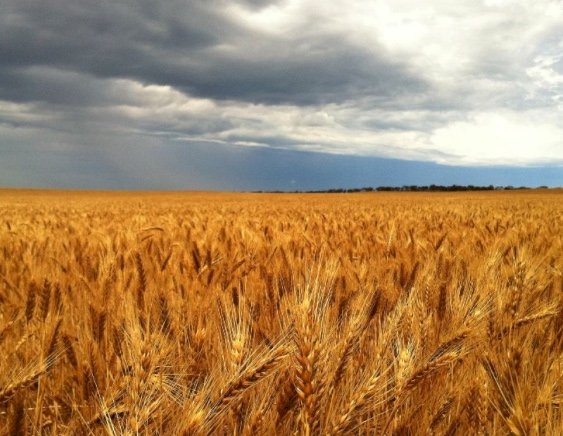AWB - Why is wheat feeling the heat?
- By: "Farm Tender" News
- Cropping & Grain News
- Dec 09, 2022
- 839 views
- Share

By Darcy Ingram - AWB
Given the challenges faced by farmers throughout this growing season, the recent decline in grain values is perhaps more unwelcome and perplexing than ever. Growers in NSW and Victoria have endured the wettest Spring on record, wiping out significant portions of crop and adding further issues to an already stretched supply chain and work force. Burdened by sky-high input costs, farmers were looking for grain prices to hold at their peaks in order to try and achieve a more justifiable return for their difficult year. Unfortunately, an increase in harvest activity across the East coast has coincided with a drop in most commodity values. So, is this simply harvest pressure or is there more at play?
The general consensus throughout the year was that Australian growers were going into this harvest considerably undersold in comparison to crop forecasts. The reluctance to forward sell too much, or anything, was understandable given the production concerns that were building with every additional rain event. The risk however, was that it left a significant amount of grain that could potentially look to enter the market in a short period of time should we see a clear run of harvest weather. This is certainly being realised now with cash bids getting strong engagement as grain hits the bins. In a normal year we would expect that by mid-November there would be a comfortable supply of grain available to exporters and domestic consumers to start filling boats and making up feed rations. As we know, this year is far from normal and delays have meant that those relying on early harvest tonnes have been left scrambling, reluctantly elevating values where necessary to make sure they’re not missing out on what’s available. These nearby shorts are now seemingly getting more comfortable and if headers keep rolling, confidence will build that given the size of the crop, supply could potentially overtake demand making long-term pricing less certain.
A surprising aspect of this harvest, particularly further north, has been the better-than-expected grain quality. Though certainly not all great, receivals of malt barley and APW1/H2 wheat caught many off-guard in a market priced for a greater scarcity. Milling grade wheat values have taken this revelation the hardest with ASX futures and cash values tumbling in recent weeks. This a partially due to perceived confidence that the overall quality of the crop may not be as bad as first thought but also that given the original forecast, outside of our domestic requirements, demand is down with exporters reluctant to make too many early sales of high protein wheat instead opting for feed grades. One positive aspect of these quality surprises is that stockfeed quality wheat prices have managed to hold reasonably strong despite plenty of weather impacted grain from what would usually be milling quality producing regions. Coupled with a sizeable carry-over from last year the expectation remains that we likely have enough to meet our nearby export requirements and will therefore need to battle it out with global corn exporters to continue to build on the shipping stem in to the later part of the year. Plenty still to play out with harvest a long way from finished, this market is sure to see a few more twists and turns before it’s all said and done.










Share Ag News Via